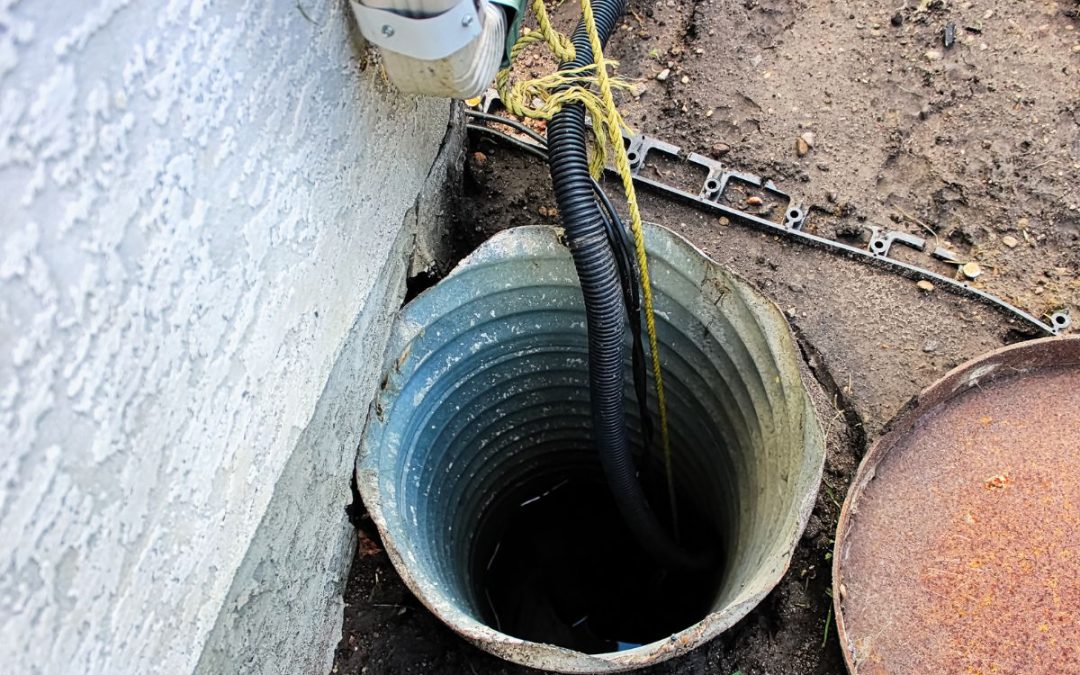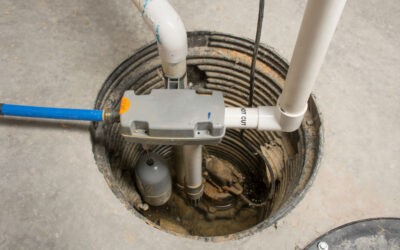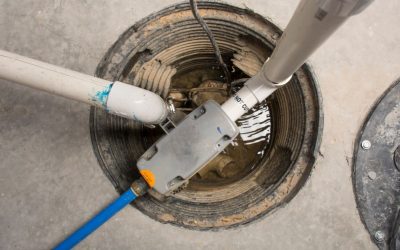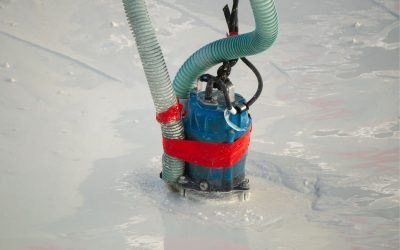One of the things you don’t often think about unless it breaks down during a storm is your home’s sump pump. Sadly, if a sump pump breaks down, you can have a pricey issue (a wet basement)!
Fortunately, checking this crucial piece of plumbing gear is simple. Follow these steps to check your sump pump so that you may be sure it functions well before you need it.
How Do Sump Pumps Work?
What exactly is a sump pump, and how can you determine whether yours is operating properly?
A vital piece of plumbing hardware with a catchy name is the sump pump. Sump, from the Latin word for “pit,” refers to the area in your basement where a sump pump is located.
These little devices work quite hard. Sump pumps are crucial for preventing water damage to your property during torrential downpours and severe storms.
Water can leak through the concrete of your basement when the earth around your home’s foundation becomes saturated with moisture.
When groundwater is detected, sump pumps begin to pump the water out of your cellar, crawlspace, and the area surrounding your foundation. To get the water out of your house, a pipe is used.
Why check the sump pump?
In order to prevent flooding, it’s crucial to monitor your sump pump several times a year, ideally before the spring or fall weather sets in. You may test your sump pump to ensure that it will work when you require it.
Fortunately, homeowners can test a sump pump themselves in only a few minutes. It’s best to check that it’s in functioning order before you need it, just like you would with your smoke alarms and any other safety feature in your home.
Your sump pump might work hard each month or may just be required to pump water occasionally each year, depending on your location and the weather.
You may have to restart the sump pump following a power outage because the majority of sump pumps are powered by electricity.
It’s also crucial to keep in mind that certain pumps have a battery backup and others can even work on water power, enabling them to keep guarding your cellar regardless of whether the electricity goes out.
Risks associated with a broken sump pump
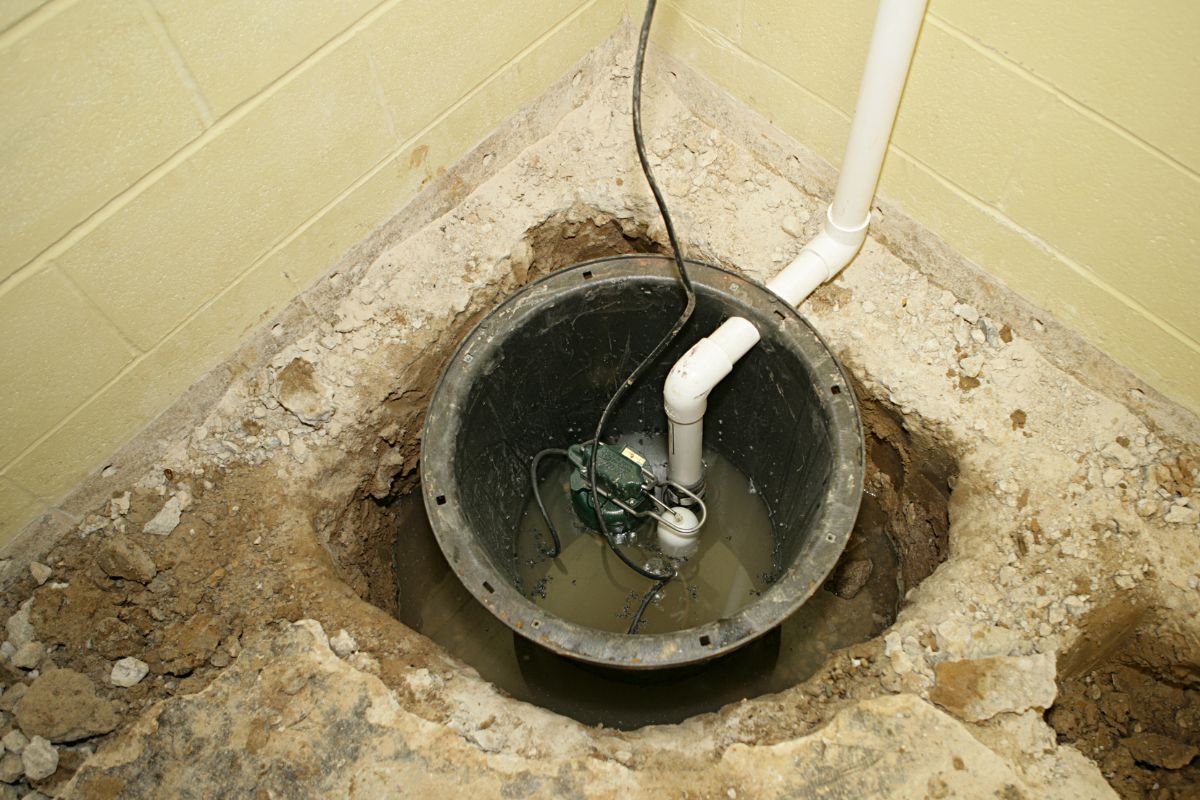
You will probably notice water accumulating close to the sump pump housing, which is normally in the lowest portion of the basement, if your sump pump fails.
If the water in your basement begins to pool and you don’t detect it, you could have basement flooding.
The best course of action if your sump pump fails during a storm is to get a bucket and mop and try to mop up the extra water, emptying it away from the foundation of your house.
After a storm, a wet/dry hoover is useful for cleaning up water, but if the power goes out, you might have to move the water manually.
Avoid letting the water stay in the basement as this can lead to mold and mildew growth as well as lasting damage.
Naturally, testing your sump pump frequently and making sure there is an adequate backup power supply, like a battery-powered backup generator for your pump, are the best methods for avoiding a sump pump failure.
Regular testing can not only stop disasters from happening, but it will also provide you with peace of mind ahead of the next storm.
Checking your sump pump
On a cement basement floor, a sump pump is placed next to a black bucket.
The pump has two white pipes protruding from the top of its black cover. From the sump pump to the basement wall, cords are running.
It’s a fantastic idea to inspect your sump pump whether you’re spring cleaning or beginning your fall preparations.
Your basement won’t flood during inclement weather if you test your system a few times a year. Perform the following steps to inspect your sump pump:
Step 1: Clear any debris from your exterior drain pipe
Since the water cannot go anywhere sump pumps frequently malfunction for this reason. Make sure that there are no obstructions, such as dirt, plants, or leaves, in the drain pipe that is attached to your pump. Your foundation should be kept dry by the drainage pipes.
It’s good practice to examine the area surrounding the sump pump within your cellar or crawlspace when you inspect the exterior drainpipe. Make sure that there is nothing around the pump that can affect its operation and clear the area around the pipe of any debris (don’t put stuff there).
Step 2: Assess the power of the pump
You should look for the electrical wires that the basement sump pump is using to connect to the outlet.
The majority of pumps have two cords—one is the float cable and the second is the pump chord. The end of the float cable will receive the pump cord’s plug.
Take out both cords. Then merely plug in the cord of the pump. You should hear a motor running and the pump should activate. Reconnect the wires and put them back in if your sump pump seems to be operating normally.
Step 3: Fill the pump pit with water
If the sump pump has just one cord, you may test it by slowly putting water into your sump pump pit in a 5-gallon bucket.
The pump should start up and its float should rise. Once the water has been pumped, listen and watch to make sure the pump shuts off by itself.
How to deal with a failing sump pump
It might be necessary to install a new sump pump if you check your current one and it doesn’t function properly. How durable are sump pumps?
Sump pumps typically last 10 years, but if they are used frequently, you might need to replace them every five to seven years.
A sump pump can be fixed in a few different ways if it isn’t functioning properly. Unplug your sump pump and reset it as an easy solution.
Resetting your sump pump should be your first course of action if you discover that it has stopped functioning.
Unplugging both of the pump’s cords is required for this approach. For a while, leave the cables unplugged.
Wait, then only the cable leading to the pump should be plugged in. The pump probably has to be replaced if it still won’t operate.
Alternative approach: Examine the float
The second way to test the sump pump would be to slowly feed water into it, as was mentioned in step 3 above. Next, keep an eye out to see whether the sump pump’s float starts to rise.
If the motor doesn’t automatically turn on and off or the float doesn’t rise and activate, there may be a fault with the device. Debris obscuring the sensors could possibly be the cause of this inability to detect the float.
Final thoughts
A failed sump pump should not be overlooked, that much is certain. Instead of awaiting a storm to hit with a broken pump, perform an inspection and if necessary, repair your sump pump immediately and get peace of mind!

